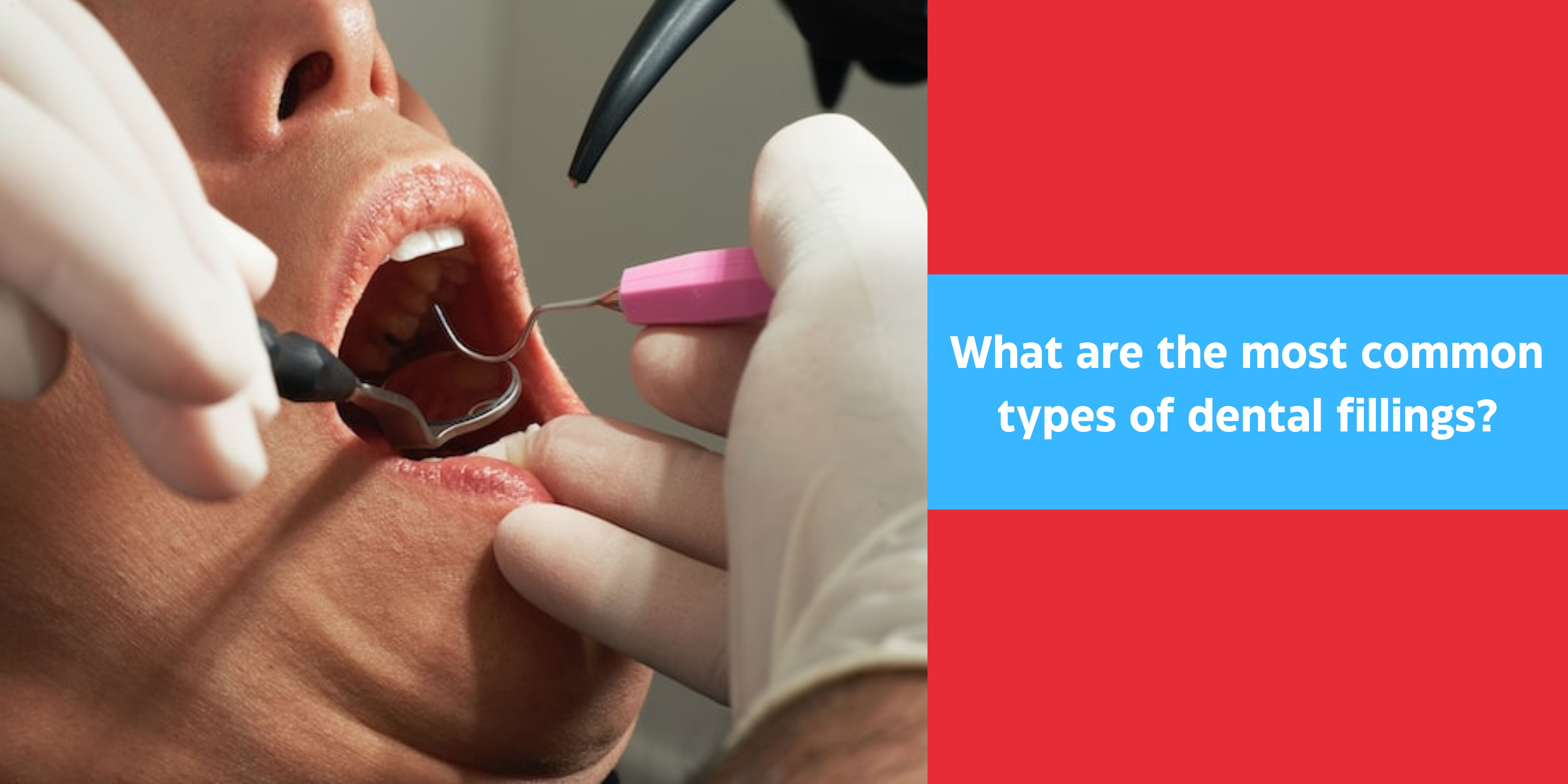
Dental fillings are a common restorative dental treatment used to restore a tooth’s shape, function, and strength after being damaged by decay, or fracture. fillings are a simple and effective way to prevent further damage to a tooth and restore its natural appearance. Several types of dental fillings are available, each with its advantages and disadvantages. In this article we will explore the common types of dental fillings and their characteristics.
Amalgam Fillings
Amalgam fillings are the most common type of tooth filling and have been used for over a century. They are a mixture of metals, like silver, tin, copper, and mercury. Amalgam fillings are highly durable and can withstand the forces of chewing and biting. They are also relatively inexpensive compared to other types. However, using mercury in amalgam fillings has raised concerns about its safety, and some people may be allergic to the metal.
Composite Tooth Fillings
They are designed to match the color of natural teeth, making them a popular choice for front teeth or other visible mouth areas. Composite fillings bond to the tooth structure, meaning less healthy teeth need to be removed to place the filling. Yet, composite fillings are not as durable as amalgam fillings and may need to be replaced more frequently.
Ceramic Tooth Fillings
Ceramic tooth fillings are made of a porcelain material that is both durable and aesthetically pleasing. They are designed to match the color of natural teeth and are less likely to stain or discolor over time. Nevertheless, ceramic fillings are more expensive than other fillings and may require multiple appointments.
Gold Tooth Fillings
Gold fillings are made of gold, copper, and other metals. They are highly durable and can last for decades, making them a popular choice for molars or other teeth subjected to much force during chewing. Gold fillings are also highly biocompatible and are less likely to cause an allergic reaction or sensitivity. Nonetheless, gold fillings are the most expensive.
Glass Ionomer Tooth Fillings
They are designed to bond directly to the tooth structure and release fluoride over time, which can help prevent further decay. Glass ionomer fillings are also less likely to cause sensitivity than other fillings. However, they are not as durable as other fillings and may need to be replaced more frequently.
Conclusion
Several types of dental fillings are available, each with advantages and disadvantages. Your dentist can help you choose the best type of filling for your needs and answer any questions about the procedure. Remember, regular dental check-ups and cleanings are the best way to prevent tooth decay and to ensure that your fillings last as long as possible.
